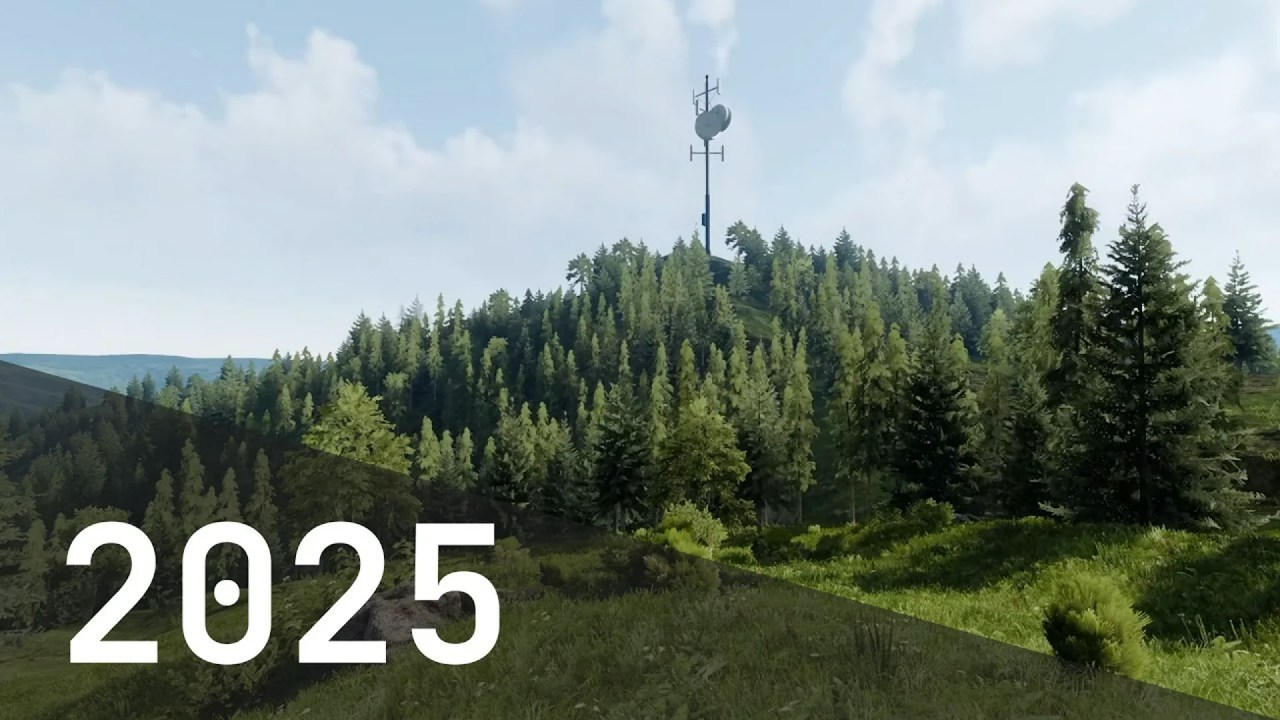Epic Landscapes and Mega Structures in Blender: A Behind-the-Scenes Look
Creating vast, detailed landscapes with imposing mega structures is a dream for many 3D artists. Jeff, a talented VFX artist, recently shared a fascinating breakdown of his personal project, showcasing how he achieved exactly that using Blender, Photoshop, and Nuke. The result is a stunning image that blends photorealistic environments with futuristic architectural elements.
In his video, Jeff walks us through his process, highlighting key techniques and software integrations. This project serves as an excellent case study for artists looking to create similar large-scale scenes.
Video via Jeff VFX
From Fields to Future: The Core Concept
The core idea behind Jeff’s project was to juxtapose a sprawling landscape of farm fields with a colossal mega structure in the background. This contrast in scale immediately captures the viewer’s attention and creates a sense of awe. The image composition guides the eye from the detailed foreground to the distant, imposing structure, emphasizing the sheer size and ambition of the project.
Blender Cycles: The Rendering Powerhouse
Jeff primarily used Blender’s Cycles render engine for the assembly and rendering of the scene. Cycles is known for its physically based rendering capabilities, allowing for realistic lighting and material interactions. This was crucial in achieving the photorealistic look of the farm fields and the intricate details of the mega structure.
One of the key advantages of using Blender is its robust set of tools for creating and manipulating 3D assets. Jeff was able to efficiently model and texture the various elements of his landscape, from the individual crops in the fields to the complex geometry of the mega structure. Blender’s node-based material system also provided him with precise control over the look and feel of each surface.
Matte Painting and Compositing: Adding the Final Touches
While Blender handled the core 3D elements, Jeff turned to Photoshop and Nuke for matte painting and compositing. Matte painting involves creating realistic background elements using digital painting techniques. In this project, Photoshop was likely used to enhance the sky, add atmospheric effects, and refine the overall color palette.
Nuke, a powerful compositing software, was then used to bring all the elements together. Compositing involves combining multiple images or renders into a single final image. Nuke’s node-based workflow allowed Jeff to seamlessly integrate the 3D renders from Blender with the matte-painted elements from Photoshop, creating a cohesive and visually stunning final result.
Additional Insights and Techniques
While the video provides a general overview, diving deeper into specific techniques can further enhance your own projects. Consider exploring Blender’s procedural texturing capabilities to create realistic field patterns. Also, experiment with atmospheric scattering and volumetric lighting in Cycles to add depth and realism to your renders. For those new to Nuke, numerous tutorials and resources are available online to help you master its compositing tools.
For more information on Blender’s capabilities, visit the official Blender website [External Link].
Jeff’s project is a testament to the power of combining different software packages to achieve stunning results. By leveraging the strengths of Blender, Photoshop, and Nuke, he was able to create a truly impressive landscape that showcases his artistic vision and technical skills.
Source:
Jefferson John – Arcadia Fields – Full 3D CGI – Blender 4.4



